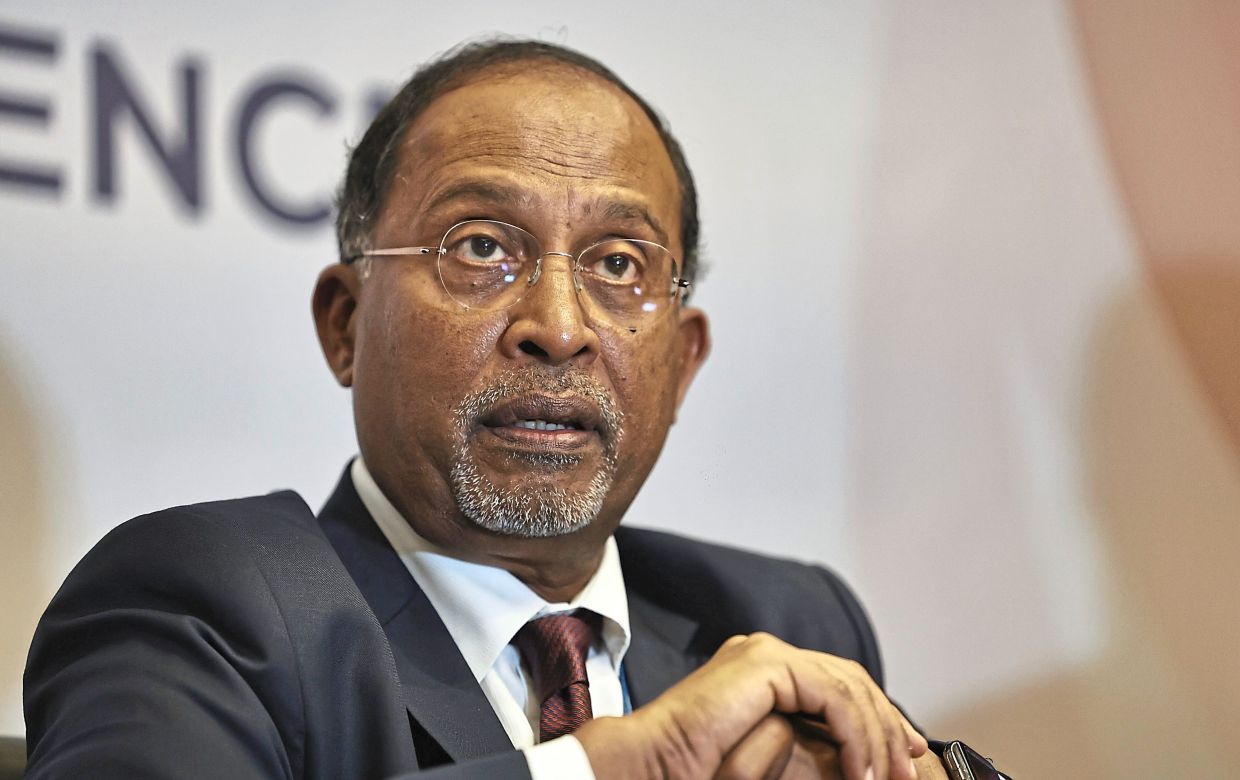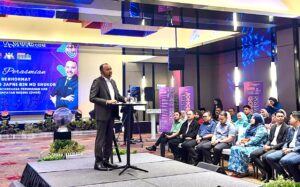PETALING JAYA: There is no excuse for Malaysian public universities not to be inclusive, as they are all guided by the Inclusive University Policy, says Higher Education Minister Datuk Seri Dr Zambry Abd Kadir (pic).
The policy, which emphasises that no student should be left behind, was introduced by Universiti Malaya in 2019 and must now be part of all the strategic plans of public universities, says the minister.
“Inclusivity is not just a policy – it is my personal priority every time I visit campuses.
“The Higher Education Ministry views the recent case of a student being denied admission due to disability with utmost seriousness.
“I am engaging directly with the university concerned to ensure fair treatment and to reaffirm that all admissions must be based on fairness, inclusivity and non-discrimination,” Zambry told The Star.
ALSO READ: Public universities must be disabled-friendly in 10 years
Recently, MCA president Datuk Seri Dr Wee Ka Siong highlighted the case of STPM top scorer Lim Chin Hong, whose applications for engineering courses at several public universities were blocked due to his physical condition.
Lim, who achieved a perfect 4.0 CGPA in the 2024 STPM examination, was previously denied the choice of engineering programmes on account of his disability.
Dr Wee also cited the case of another student known only as Aniq, a candidate with autism who scored a CGPA of 3.8 but was also unable to select preferred programmes.
In response, Zambry assured that Lim would receive a university placement and that Aniq’s case would be resolved soon.
Zambry said the Higher Education Blueprint 2025–2035 sets measurable targets guaranteeing fair access, retention and progression for students with disabilities.
“We must ensure that no student is left behind.
“Universities must continuously upgrade campuses with facilities for the disabled, such as ramps, tactile paving, lifts, accessible hostels, transportation, and learning spaces aligned with universal design standards,” he said.
Zambry said special funding has been allocated for accessible infrastructure to ensure facilities meet the diverse needs of students with disabilities.
He called on universities to continue their collaboration with NGOs and advocacy groups to align campus designs, policies and services with the lived experiences of the disabled.
“On top of that, campuses should build a culture of empathy and respect for all students through regular training and awareness programmes for academic and administrative staff.”
The minister said that, although many may not be aware, there is flexibility in admission policies to ensure excellent students with disabilities are given equal opportunities based on merit, with consideration for individual needs.
“We also have scholarship schemes and financial aid, including targeted funding for students with disabilities,” he added.
Meanwhile, Universiti Malaya (UM) deputy vice-chancellor of student affairs Prof Dr Zamri Radzi said the university ensures no student is excluded, regardless of their disability.
He said many priority venues on campus are accessible, although full coverage depends on the age of the building.
The university’s Centre For Counselling and Disability Empowerment (CCDE) is responsible for supporting students with disabilities by ensuring their facilities.
“In terms of physical access, there are ramps and step-free routes at main entrances of faculties, libraries, administrative buildings, and student hubs, as well as kerb cuts at key junctions.
“Campus lifts are fitted with low-mounted call buttons, handrails, audible floor announcements, and, where available, Braille and tactile buttons.”
He said there are also tactile ground surface indicators on primary pedestrian corridors and at stair approaches, as well as Braille and raised-letter room signs.
Prof Zamri said wheelchair spaces are available at the front or middle rows of major lecture theatres. Selected rooms allow adjustable-height lecterns, and there are portable ramps where needed.
“During exams, alternative exam venues and extra time, reader or scribe arrangements are coordinated through CCDE and the respective faculties of the students with diasbilities,” said Prof Zamri.
He pointed out that a list of UM’s facilities for disabled persons can be found in an online campus navigation tool known as the Universiti Malaya Inclusive Map.
He said that the biggest barrier to making the UM campus completely disabled-friendly is its legacy architecture.
The university’s main campus in Kuala Lumpur is 63 years old and is the oldest in the country.
Despite the challenge, Prof Zamri said that UM is trying where possible to create consistency in terms of accessibility throughout the campus.
“The university continuously gathers feedback from students with diasbilities through CCDE, disability liaison officers, and the Inclusive Committee for Persons with Disabilities, which oversees policy implementation and inclusion initiatives,” he said.







